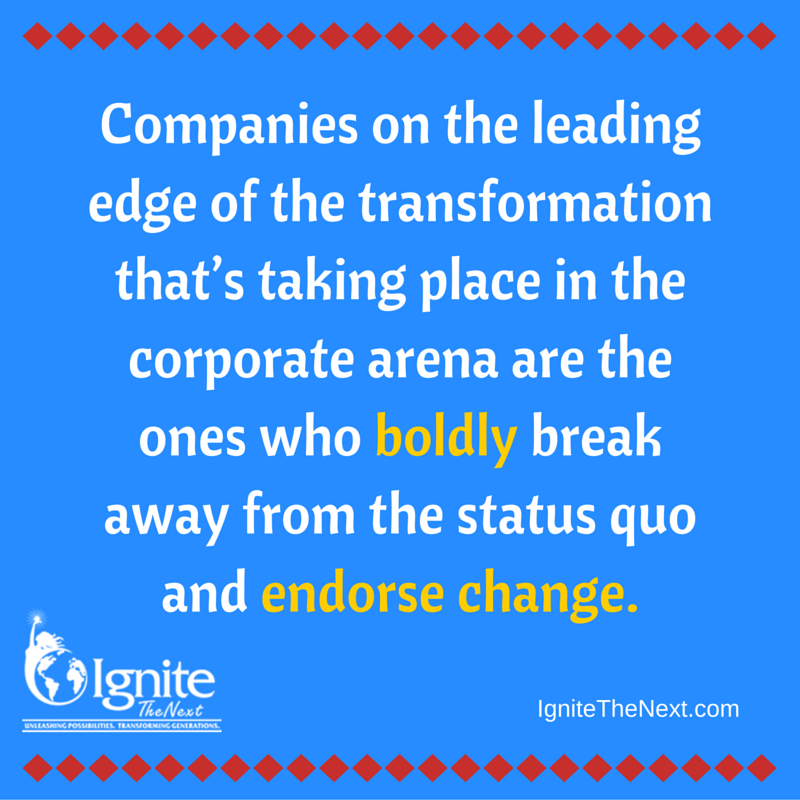
Are you up to establishing a structured mentorship program in your organization – and are they ready for it?
Years ago, when I was rising through the ranks of a corporate career, I didn’t have the benefit of a mentor. In fact, mentors in the workplace — especially for women — were hard to come by.
That meant I was essentially on my own to figure out how to navigate workplace culture and maneuver through office politics. It felt as if I couldn’t rely on anyone to help me find my career path, much less establish and reach my goals.
What I desperately needed was a trusted mentor to give me advice and insights, someone to share the lessons they had learned the hard way; someone who knew my career aspirations and who was committed to helping me carve out a plan to get there.
A mentor I could count on to support me along the way.
The fact is, in most organizations, no formal structure was in place to encourage and support mentoring relationships. And no one knew exactly how to be a good mentor (or how to be a mentee, for that matter) – and it’s worse for women.
According to a LinkedIn survey of nearly 1,000 female professionals in the U.S., one out of every five women have NEVER had a mentor. There are reasons for this, including the comparatively low numbers of female managers to females in entry levels.
Fortunately, companies are now embracing the mentoring model in the workplace, and for good reason. In fact, corporate mentoring is on the rise with 71 percent of Fortune 500 companies offering professional mentoring programs to their employees.

The reason mentoring makes sense is clear: It relies on resources a company already has in place to enhance employee satisfaction, encourage leadership development, and teach new skills.
Engaged employees are happier, more productive contributors to the organization. Studies show that employees are more engaged when they feel the organization they work for cares about their growth, and about maximizing their contributions and talents. Makes perfect sense, really.

Yet, in the frenetic pace of the corporate workplace carving out time that’s dedicated to helping a mentee can be difficult. Combine that with a lack of a formal mentoring structure, and the difficulties women face in finding a mentor, and the result is confusion and an indifference to sustaining the relationship.
This is why establishing a formal, structured mentoring program is so important, and why getting buy-in from the top is crucial. It also ensures employees see the value of the program and are willing to trust it as a development tool they can rely on.
Here is a 5-step Guide to starting a mentorship program (for men and women) in your organization:
First – Create the Vision
Take time to consider the most effective strategy for your organization. Begin by asking: “What does it look like when it’s done and done well?” Then, write a list of criteria to benchmark against as the program grows and evolves.
Consider these five questions:
- If an external vendor came into your organization to assess your mentoring program, what would you want them to find? What would you want them to say about the quality of the program?
- What results do you hope this program will get? How will it help the organization to achieve its objectives?
- What are the tangible and intangible benefits to the mentor/mentee/organization?
- How many people will be on the “Mentoring Committee”? How will you determine who is on the committee?
- What are the qualities of an effective mentor? What are the criteria to become a mentee?
Another key element in creating the vision is to invite innovation and creativity from the employee base. Of course, it’s important for the leadership team to be the main stakeholder, but it’s just as important to include the people who will benefit from the program. What would they like to see in a mentoring program? Co-create the program together.
Second – Identify the Challenges
What challenges have the potential to prevent the vision from becoming reality? Knowing the obstacles before you begin allows you to brainstorm solutions ahead of time and mitigate them. Some challenges that I’ve seen organizations struggle with are:
- Not enough bandwidth
- Lack of qualified mentors to step up and lead the program
- Lack of clarity about the program’s processes and systems for getting results
- No system for sustaining the commitment and maintaining the relationship
Third – Communicate it effectively
An organization’s leadership must set the tone as to why this is important and how the program will benefit its employees. Clear, effective communication not only affects the bottom line; it affects employee morale, engagement, and the overall company culture.
Here are some thoughts to consider:
- What results do you want for your employees?
- How does their success play a role in the organization’s overall effectiveness?
- What makes them come alive and how can that passion serve the organization?
- What does the organization stand for and how can this mentoring program help achieve that mission?
Fourth – Inspect What You Expect
This is hands down the best piece of management advice I ever received in my corporate career. It’s important to measure and track the success of the program. Identify which components you’ll need to measure and refer back to the original vision of the program to see progress.
Some ideas:
- Require monthly status updates from both mentors and mentees.
- Establish benchmarking goals and have regular check-ins to ensure they’re on track.
- When initial goals are achieved, what new stretch goals/metrics can be put in place?
- What corrective action should be taken if benchmarks are not being met?
- Set up structured quarterly meetings. Find out what’s going well and what’s not. Is there anything you may need to course-correct for the program to be more effective?
- Develop a plan for times when a mentor relationship doesn’t produce positive results or when the pair isn’t a good fit.
Fifth – Stick With It
To be effective, an organization’s mentoring program must become part of the culture. It must be something employees can count on. Consistency builds trust and affects how employees view their roles in the organization and how engaged they are at their jobs.
Creating an effective mentoring program within your organization is not a quick two-hour meeting slammed between a Tuesday morning staff meeting and a quarterly status update that’s due that afternoon. It takes an investment of time, resources, and energy to create an effective program from scratch.
Companies on the leading edge of the transformation that’s taking place in the corporate arena are the ones who boldly break away from the status quo and endorse change. I’ve helped several of these companies create solid mentoring programs that have produced solid results. I can help your organization become a workplace of choice, too. If you’d like my help in developing a formal mentoring program in your company, simply Contact me.




